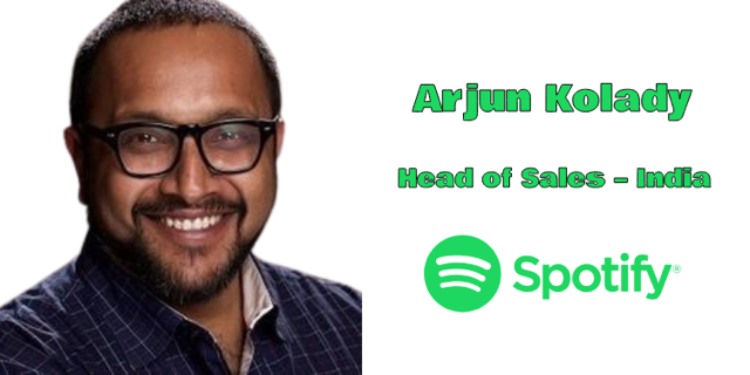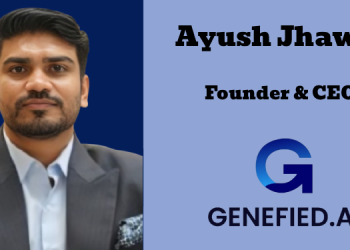Marketers optimizing for viewability and eyeballs often miss the essential point: these are just metrics. What truly matters is whether that view made a difference in someone’s mind. Are marketers chasing a metric or an outcome? The advantage of an audio platform like Spotify is that, unlike visual platforms, people cannot simply tune out their ears when listening through headphones or earphones.
Arjun Kolady, Head of Sales – India at Spotify, spoke at Smarties Unplugged India, an event organized by the MMA. His address, titled “Attention and Advertising in India,” emphasized that the notion of dumbing down content for consumers, who supposedly lack time, is misleading. Consumers actually have plenty of time; it just often doesn’t occur in the places where brand managers typically look.
Understanding consumers’ time and attitudes is crucial. How they feel and think about marketing efforts directly affects a brand’s ability to engage them. If brands fail to capture consumers’ time and attention, they will struggle to influence them. Kolady noted that today’s consumers desire less FOMO and scrolling, and instead seek digital detox, positivity, and genuine connections. Mindful spending of time has become a priority, meaning brands must earn consumer attention to drive action.
Recent research from Spotify India and Amplified Intelligence revealed attention benchmarks across audio streaming and other advertising platforms, analyzing the relationship between mood and attention. This research offers detailed insights into consumer behavior in India, enhancing Spotify’s appeal to brands seeking engaged audiences.
Spotify benefits from the fact that users spend an average of two hours daily on the platform. Kolady urged marketers to critically assess which rules they are following and to challenge established norms. People pay attention to music, podcasts, and advertising on Spotify, supported by data from attention benchmarking studies. For instance, Short Term Attention Strength (STAS) measures the percentage of focus during a 30-second ad across different media. Cinema leads with 24 seconds of focus, while Spotify boasts 17 seconds, thanks to its unique audio-only format where consumers cannot turn off their ears.
On other platforms, users often skip ads or disengage entirely, but Spotify captures attention during moments when listeners’ minds are free—like at the gym or while commuting. Kolady pointed out that adding an audio element to social media advertising can significantly enhance attention levels.
Marketers strive to slow attention decay, but Spotify excels at maintaining attention. While OTT platforms might start with low attention but maintain it, social media often sees a rapid decline once users realize they’re viewing an ad. From both a brand and consumer perspective, this results in minimal impact. “What is the point of great creative if it doesn’t get the chance to deliver the message?” Kolady asked.
Spotify’s ability to enhance consumer experiences contributes to their positive perceptions. Great ads perform better on platforms with high attention rates. For many Gen Z and millennial users, audio content serves as a valuable mental resource. Platforms that command attention allow brands to break through the noise meaningfully, rather than being just another piece of content in a saturated landscape. Kolady urged marketers to move beyond metrics like viewability and CPC, advocating for a focus on the real impact of their efforts.
He concluded with an example of IKEA, a client that successfully utilized Spotify in a creative campaign targeting parents with babies, addressing the challenge of helping their children nap effectively. This case illustrates how brands can innovate in their targeting and messaging to achieve meaningful engagement.

















